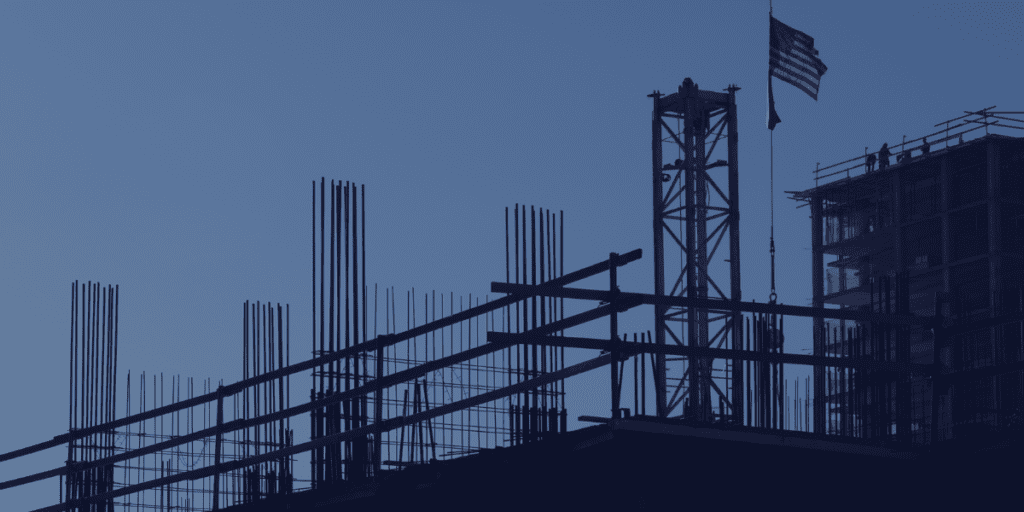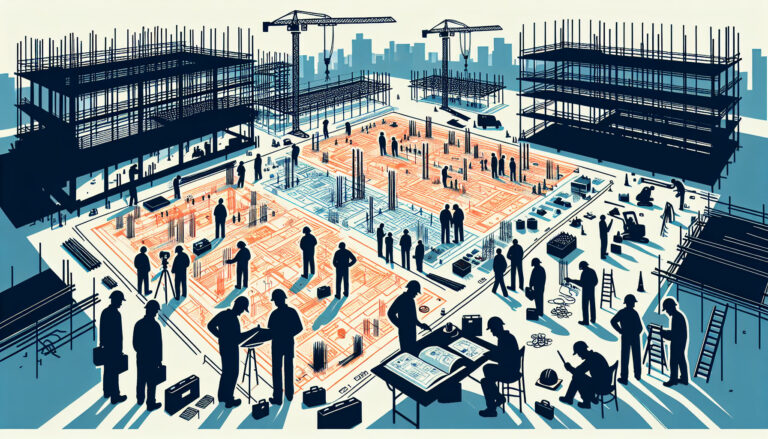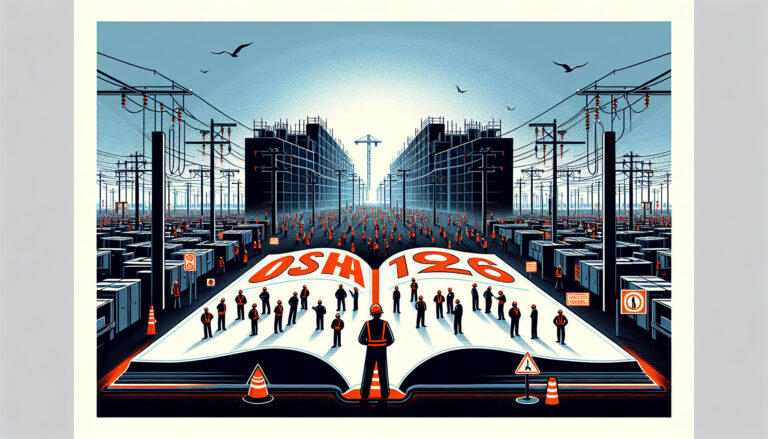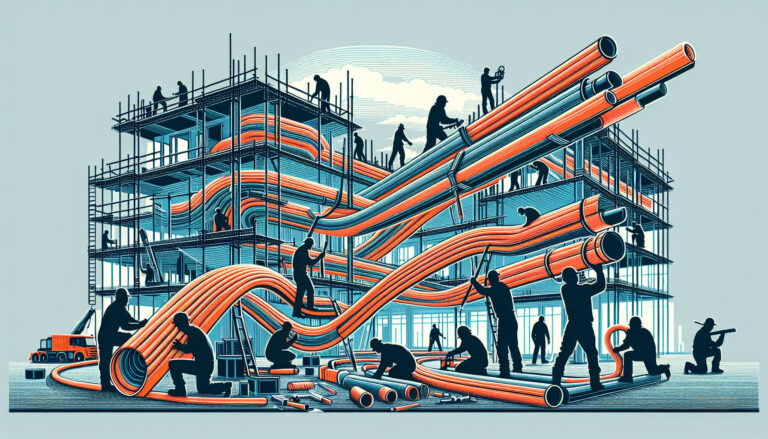Uncertainty and Fear
In a matter of just a few days, our lives changed drastically in ways many of us had never even imagined or thought probable. The COVID-19 pandemic literally stopped the world and sent world leaders scrambling to figure out how best to protect the well-being of communities.
At SmartBarrel, around February and March last year, we started to feel like the pandemic was becoming more and more of a reality.
On March 10th, 2020, we were visiting Procore, and it became evident that the pandemic was happening. It was all over the news and all anyone was talking about.
At this point, it was clear that we were all not sure of what the future was going to hold. Uncertainty and fear were rampant. At the time, it was also unclear as to exactly what was happening and not a lot of knowledge about the disease.
Quickly, the country and the world went into lockdown. Our team at SmartBarrel knew that we had to pivot quickly to address these changes.
We reassured our team that we are in this together–whatever it is we’ll get through it. We prioritized being alert, sharp and smart on both personnel and family health as well as on a professional level. We identified potential solutions and risks, brainstormed on what we could do to stay relevant, but most importantly what we could do to combat the virus.
Whiteboard Mode
Our team went straight into whiteboard mode.
We had three questions to answer:
- What is needed?
- What do we have?
- What can we do?
And off we went.
First, we knew that the device had to be touch free. Touch-free was now a must. Prior to COVID-19, SmartBarrel included a keypad that workers used to check-in but we knew we needed to develop a system that was contactless.
This was easy! We added radio-frequency identification sensors and updated the firmware to become compatible with the new hardware, which created an innovative way to register fobs without any additional hardware. Jackpot!
With that solved, we knew that the most important issue was how could we flag risky workers, aka workers with high temperatures. The most obvious answer was by utilizing thermal cameras. After endless hours of research and procuring, we quickly realized that the construction industry is too rough for those very sensitive sensors. The delta is too big—readings are not often accurate combined with environmental factors including weather, dust and non-technical users creating a recipe for catastrophe. The only positive outcome we got from this experiment was accurately reading the coffee mug temperature throughout the day.
In spite of that, we had no time for disappointment and knew that we needed a Plan B—urgently. We got inspired by the most reliable and #1 selling item after a thermometer, a wireless forehead thermometer.
However, along with others across the world, we encountered supply-chain disruptions. The world was literally running out of sensors! Products are out-of-stock, shipping is extremely delayed and borders are closed.
We reverse engineered how a wireless forehead thermometer works and bought the components. The team spent hours at their respective homes building and testing. And voila!—a very rough and rugged wiring was created that was reading the temperature perfectly.
Now, we only needed to figure out how to add it to the existing system and make it simple enough to use with minimal training for the end user as well as work seamlessly.
More sketching, more late zoom calls, more shared screens and, finally, the ideas really started flowing. We voted on one solution and started ordering more components including 3D printing parts. We were then ready to test the sensor in real life and with real values. Fourteen pivots, renditions and tweaks later, we had a device ready to be fully deployed into the field. Customers were eager to try it out on their jobsites. We developed and deployed the first SmartBarrel Thermal Solution before we even had a name for it.
We also decided to use the data that we had to train a neural network (really just a fancy term for AI) and teach the computer to detect if the workers were wearing masks.
We combined all of these ideas and pivoted to provide an updated version of SmartBarrel to our clients that would help them continue to operate their jobsites and combat the spread of COVID-19.
SmartBarrel Features to Combat COVID-19
Touch-Free Check-In
Check-in at jobsites is now touch-free and contactless. Workers can now check-in and -out while effectively helping to reduce COVID-19 cross-contamination rates.
Mask Detection
SmartBarrel’s AI is trained to detect face masks (cloth or N95) with ease. A quick scan detects if the worker has on a hard hat, safety glasses, and vest, as well as a mask helping with safety compliance.
Thermal Sensor
SmartBarrel utilizes cutting-edge thermal technology to measure the body temperature of workers when they check-in. This can be helpful to detect if a worker has a fever, a symptom typically indicating that a person has contracted COVID-19, according to the CDC.
SMS Health Questionnaire
SmartBarrel provides our clients with a crucial and invaluable dataset for contact-tracing. With the SMS health questionnaire, companies can quickly retrace worker activities in the last 14 days in case of COVID-19 infection or exposure.
Looking Forward
During a really uncertain and scary time, our team is proud that we were able to pivot to provide solutions to our clients as well as actively participating in halting the spread of COVID-19.






